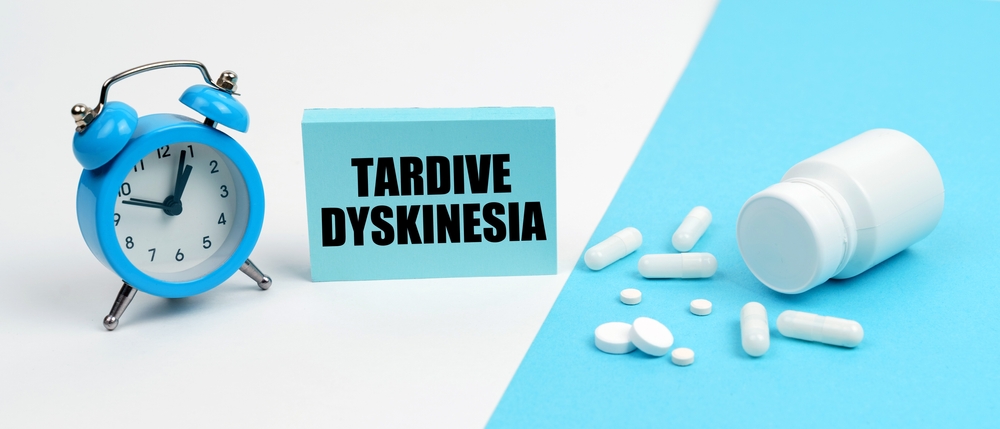Understanding Tardive Dyskinesia (TD) is essential for those affected and their loved ones. Thankfully, exploring online can provide comprehensive information about TD, helping you recognize early symptoms and better manage the condition.
What is Tardive Dyskinesia?
Tardive dyskinesia (TD) is a neurological condition characterized by involuntary, repetitive movements that can affect various parts of the body, most commonly the face, mouth, and extremities. These movements are often slow, jerky, or writhing and can include grimacing, tongue protrusion, lip smacking, rapid eye blinking, and movements of the arms, legs, or torso. TD is often a side effect of long-term use of neuroleptic drugs, also known as antipsychotics, which are commonly prescribed to manage psychiatric disorders such as schizophrenia, bipolar disorder, and severe depression. These medications affect dopamine receptors in the brain, and over time, this can lead to the development of TD.
The onset of TD can vary, sometimes appearing months or even years after the start of medication, making it challenging to diagnose early. Symptoms can range from mild to severe and may be persistent or intermittent, potentially impacting daily functioning and quality of life. The condition can be particularly distressing for those affected, as the movements are often visible and beyond their control, leading to social embarrassment or anxiety.
Understanding TD is the first step in managing the condition effectively. Recognizing the symptoms early allows for timely intervention, which may include adjusting medication, switching to alternative treatments with a lower risk of TD, or incorporating medications specifically designed to reduce TD symptoms. There are also therapeutic approaches, such as physical therapy and lifestyle adjustments, that can help manage the impact of TD on daily life.
Early Signs and Symptoms
Recognizing the early signs of tardive dyskinesia (TD) is crucial for timely intervention, as early detection can improve management and outcomes. Initial symptoms are often subtle, such as minor twitches or spasms in the face and fingers, which can progress to more noticeable involuntary movements like jerking, twisting, or grimacing.1
This awareness is especially important for individuals on long-term neuroleptic or antipsychotic medications, as these drugs increase the risk of developing TD. Early detection allows for adjustments in medication, exploring alternative treatments, or introducing therapies specifically designed to manage TD, such as valbenazine or deutetrabenazine. By staying vigilant to early signs and working closely with healthcare providers, individuals can achieve better control over the condition and improve their quality of life.
Causes and Treatment Options
The primary cause of TD is long-term use of dopamine antagonist medications, often used to treat psychiatric conditions. These drugs can lead to imbalances in brain chemicals, resulting in movement disorders. Treatment for TD focuses on either reducing or stopping the causative medication, when possible, and managing symptoms.2
New medications specifically designed to treat TD have shown promise. Additionally, non-medication therapies like physical therapy, counseling, and lifestyle changes are also important components of a comprehensive treatment plan.
Start Your Search Today
Tardive dyskinesia is a complex condition, but with the right knowledge and resources, it can be managed effectively. Start your search today to learn more about TD.
By understanding its symptoms, causes, and treatment options, you or your loved one can take an informed step towards better health and well-being.
